Exhibition
Viva Arte Viva
March 27th – April 22nd, 2017
Futurdome, Milano
Group show with Paul Barsch, Thomas Braida, Dustin Cauchi, Luca De Leva, Enej Gala, Kenneth Goldsmith, Vashti Harrison, Helena Hladilova, Joey Holder, Valerio Nicolai, Nuno Patricio, Giulio Saverio Rossi. Curated in the context of Outer Space, a project involving nine Italian independent spaces
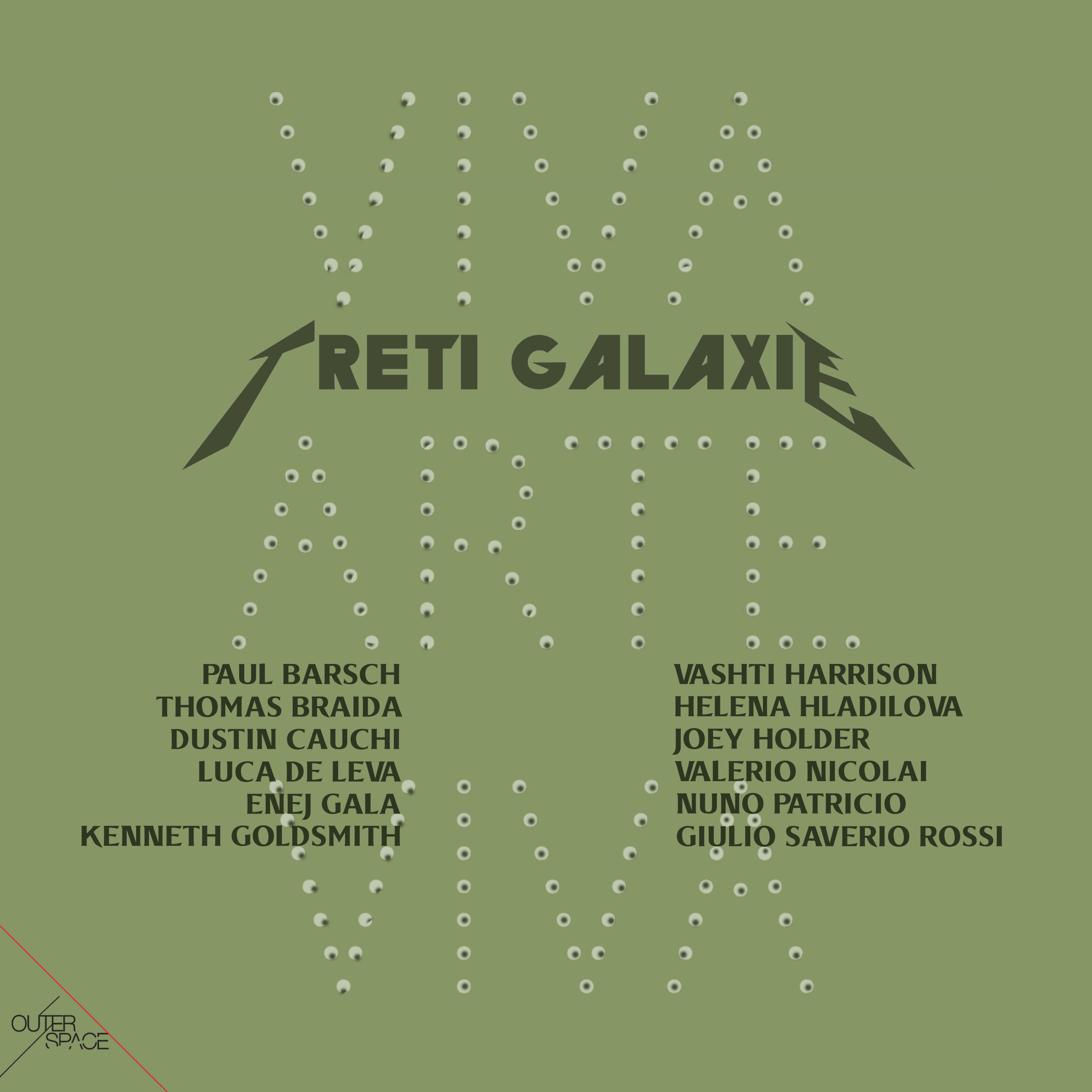
Excerpt from Outer Space press release:
Futurdome’s renewal has been planned in order to: enhance its history envisioning the future; to improve the benefits of a high-quality standards of art exhibiting and to preserve the distinction, the integrity of each singular identities involved into its projects.
In order to celebrate its final opening to the city, Isisuf selected nine Italian project spaces: Almanac (Torino), Gelateria Sogni di Ghiaccio (Bologna), Mega (Milano), Le Dictateur (inside FuturDome), Site Specific (Scicli), T-Space (Milano), Tile Project Space (Milano), Treti Galaxie (Torino) and Ultrastudio (Pescara), asking for interpreting Futurdome’s experimental and dialogic dimensions. The project will feature, for the very first time in Italy, a curated exhibition showing unpublished and site specific artworks within an ancient court, installing a part of whole of the flats. The show, opening on March 27, will be titled Outer Space and it will collect a rare milieu of challenging urgencies, exploring contemporary avant-garde propellers and practices. Moreover Outer Space will open during miart (the annual Milan Art fair), in order to attract experts, professional and international publics.
Thanks to Outer Space, nine Italian emerging project spaces, boasting International references, could challenge a new dimension out of the blue, outside from their own singular, connoting venues, experiencing also a brand new publishing exhibition catalogue.
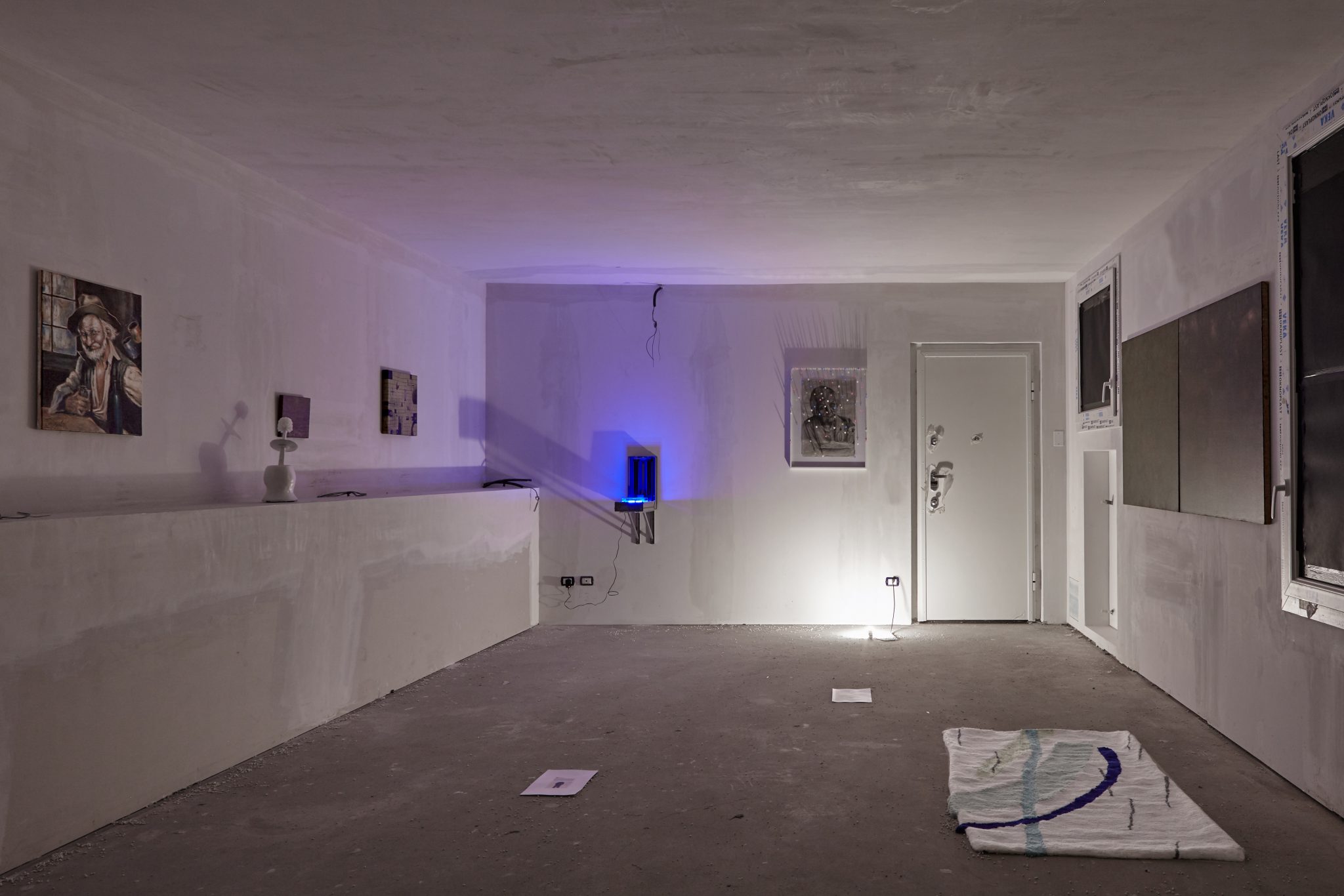
“In a world full of conflicts and jolts, in which humanism is being seriously jeopardized, art is the most precious part of the human being. It is the ideal place for reflection, individual expression, freedom and fundamental questions. It is a “yes” to life, although sometimes a “but” lies behind. More than ever, the role, the voice and the responsibility of the artist are crucial in the framework of contemporary debates.
Viva Arte Viva is also an exclamation, an expression of the passion for art and for the state of the artist. Viva Arte Viva is a Biennale designed with the artists, by the artists and for the artists. It deals with the forms they propose, the questions they pose, the practices they develop and the forms of life they choose.
The Exhibition also aims to be an experience, representing an extroversion movement towards the other, towards a common place and towards the most indefinable dimensions, opening the pathways to a neo-humanism.”
–
This exhibition comprises of a brief study on the limits between inspiration and appropriation. In order to put across our reflection in the best possible manner, we decided to borrow the title of the 57th Art Biennale, ‘Viva Arte Viva’, which will open in Venice a month after the closure of this project.
We shall explain the reasons that led us to implement an apparently stupid idea:
(NB: In keeping with the object of our appropriation, this will not be a critical text.)
The exhibition originates from within a triangle, at the vertices of which we find three web pages that we read. If you need to think visually, you could imagine them at the vertices of a triangle which is actually a cone, just like when we read something on a flat surface, but what we read actually refers to objects, thoughts and actions which in the real world take shape in terms of volumes.
The three themes of the web pages are as follows:
– 2017 marks the centenary of the ideation of ‘Fountain’ by Marcel Duchamp. The work consists of a urinal, signed, dated, reoriented to a position 90 degrees from its normal position of use and placed on a pedestal. It is the work which most shaped the critical debate on what may be considered art, and which has most influenced Italian and international artistic research ever since the start of the 1980s.
– The announcement of the title and concept of the upcoming Venice Biennale, ‘Viva Arte Viva’. Should you have happened to read it, you will agree with us that its structure offers absolutely nothing new. The videos in which the artists recount what they do were also to be found in the last edition, while the notion of the centrality of the artist ripples back over the years in more or less concentric circles right to the very first Biennales. It underlines the obvious (from a historical point of view) without offering anything original in its concept.
– A potted explanation of the philosophical movement known as Object-Oriented Ontology. Do things, animals and other non-human entities experience their own existence in a manner that lies beyond the definition of consciousness that we have worked on so far as a species? Given that artists spend their lives endowing objects with meaning, and we love artists’ work, the topic is one of great interest to us, and in order to understand it, we have tried to answer this question in various ways in our previous shows. And yet, here we are still, reading potted explanations of it. The essence of the matter still eludes us and astounds us, like tears shed in the shower bursting soap suds in their path, and perhaps that’s the very reason why it fascinates us so much. The disappearance of all forms of metaphor. Coupled with the possibility of being able to treat thoughts as if they were objects.
This cone rests on a base, which is the floor of FuturDome. For our projects, we usually start out from an idea given by the artists, and from what they express through their research, seeking out the display space best suited to expressing it. In this case, we undertook the opposite procedure. The space is itself strongly characterized, and with this exhibition, our aim is to be included among the various projections of the future that we presume might have gone through the minds of its ex-inhabitants.
Now, let us move slightly and look at the cone from another point of view: it’s still a triangle, similar to the first but different, insofar as it presents three questions at its vertices: a projection of the three web pages from before.
These questions are:
– Is it possible to appropriate an object (and thus a thought) which is not believed to be original?
– Artists sometimes appropriate the works of other artists. Would there be any sense in a curator appropriating the theme of the exhibition of another curator?
– In what way might one appropriate something which has not yet been produced and of which one knows almost nothing?
Let us move once again, tracing the edge of the cone anti-clockwise. It’s a strange object, a circle which, as it moves up, becomes a dot, a three-dimensional object with a two-dimensional base and a mono-dimensional vertex. On observing it more closely, we realize that it is not opaque but translucent, and that a number of questions are floating around beneath its surface, like luminous gases which, once sieved, turn into liquid. Here are the first ones we have managed to grasp:
Is it possible for an author not to express him/herself? How may the things we choose say something about us? Is the message they convey always univocal?
Now, let us imagine that this cone emits rays of light on the walls of the space in which it is situated, like a magic lantern, and that the projection of these rays of light is concretized in the works featured in the exhibition. Now we will show you these concretizations one by one. However, please bear in mind that they know nothing about us, about you, about FuturDome, about OUTER SPACE, about the Biennale, about this text or about a whole series of other things, but that anyway we project and will project onto each of them whatever appears to us to be most interesting and appropriate at the time.
Project realized thanks to the generous contribution of Sandro Mori.
‘Teomondo Scrofalo’, the famous painting that Ezio Greggio constantly tried to flog to an audience made up of grinning yuppies at the end of every ‘Asta Tosta’ in the ’80s television programme ‘Drive In’, is a work of doubtful taste and technique, which became a readily recognisable icon not so much by virtue of its artistic importance but of its media exposure. Thomas Braida copied it with the same respect and dedication which might be given to the reproduction of a masterpiece by a Renaissance Master housed in the rooms of a prestigious museum.
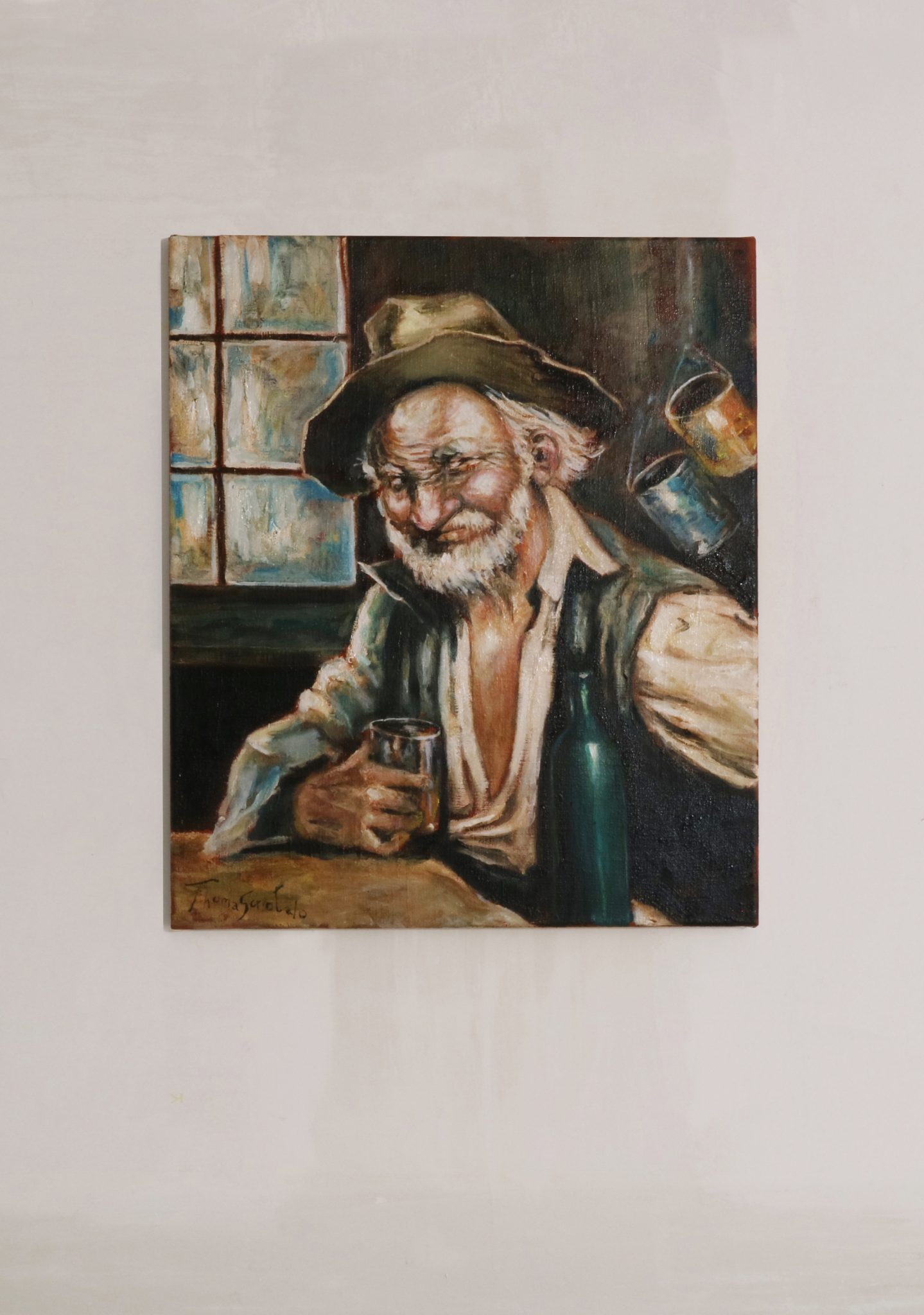
A crossword is a puzzle of words lying one over the other, the composition of which emerges through the solution to more or less rational questions. In the attempt to work around and halt the automatisms that free experimentation inevitably leads to, Enej Gala puts together a crossword puzzle housing elements and figures that follow a logic which the artist alone knows and follows the rules of. The empty squares take on a different meaning in ‘Cruciverba’, and the rules for its completion are a reflection of the compositional structure that the artist tends towards.
The slide of a vandalised ATM in Paris during the revolts following the publication of Panama Papers is featured on the chassis of that same model of ATM. In ‘Portal_BNP_Paribas_April_16’, the Maltese artist Dustin Cauchi, part of the duo Fenêtreproject along with Francesca Mangion, appropriates the hidden heart of a device which serves as a channel of communication between the banks and their customers, depriving it of its function as a container of banknotes and turning it into a display. The work is deactivated when the viewer approaches, thus reminding us that technology gives us the illusion of forever being active participants, but that in actual fact, we are on the whole neutral spectators.
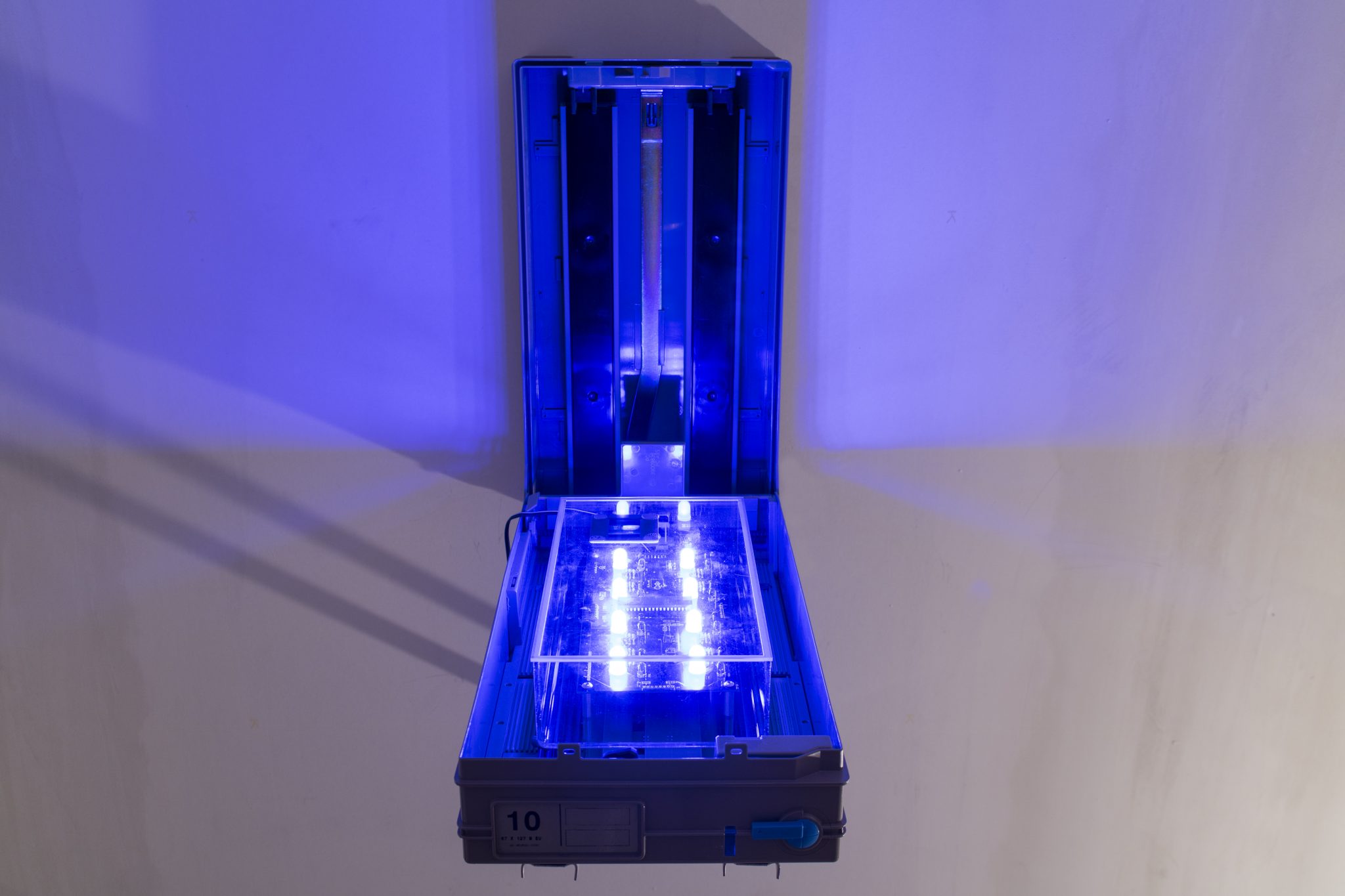
An old lady is portrayed in pencil shortly prior to blowing out the candles on a cake for her hundredth birthday. Her sad expression is hidden by a reflective paper smile, while the transparent surface that separates us from her is covered in coloured candles. In his works, Luca De Leva seeks out the confine that separates him from others, in a constant attempt to relate to their perception of life, body and time.
‘In sixteen days all this will be recollected’ focuses on a satellite recording, which by mistake photographed the same landscape with two different sensors, generating an apparent division between two neighbouring woodland areas. In this work, Giulio Saverio Rossi reminds us that the idea of landscape is inseparable from the perception that the onlooker has of it, even if it’s that of a faulty satellite.
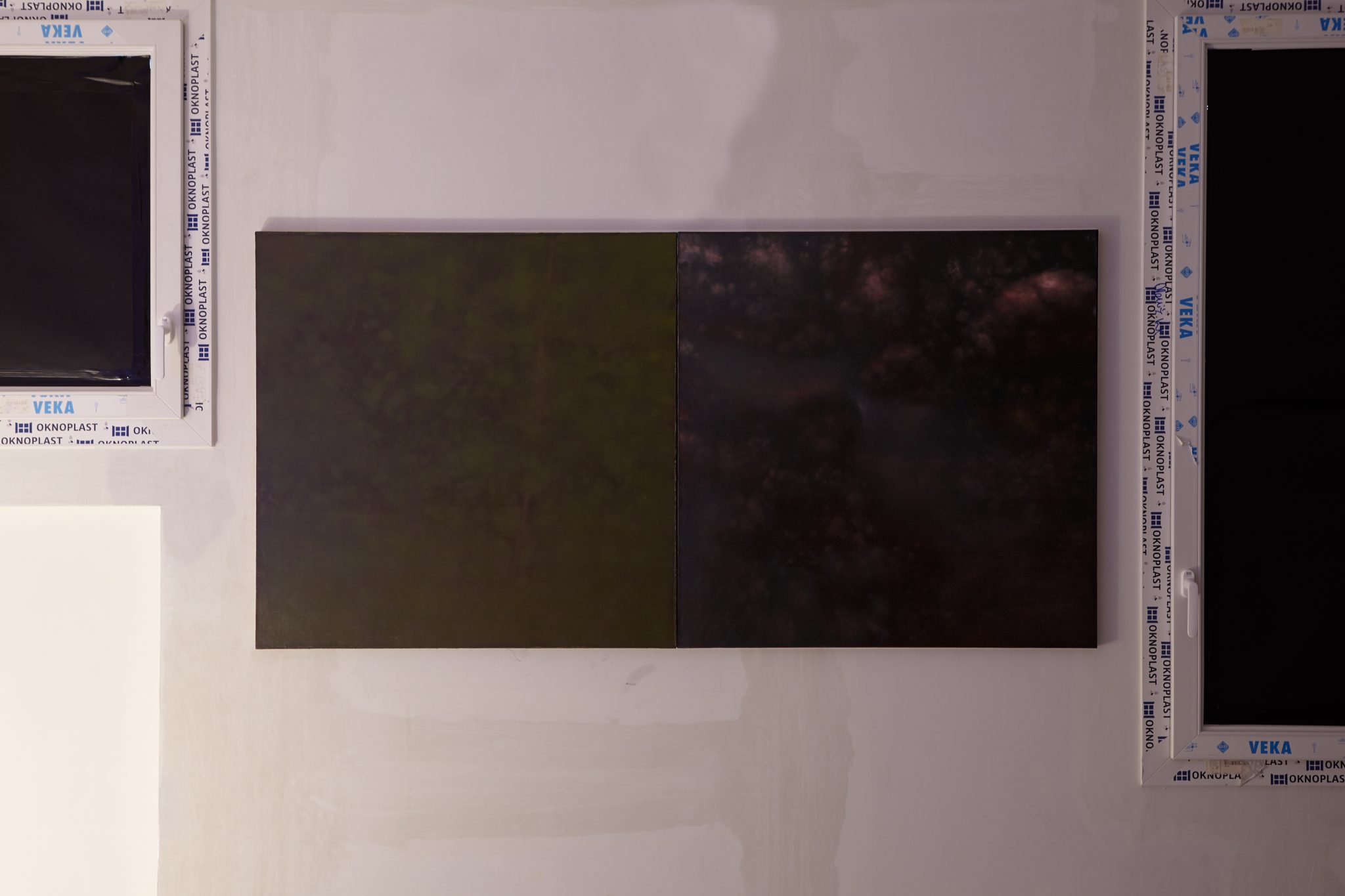
‘Field Notes’ is an experimental documentary on the origins of the ‘Soucouyants’, the ‘Lagahoos’ and the ‘Jumbies’: spirits found in the culture of Trinidad and Tobago. Working on the line between the natural and the supernatural, Vashti Harrison produces videos that intertwine her everyday life with his investigations into her own Caribbean origins.
Kenneth Goldsmith (born in 1961 in Freeport, New York) is an American poet. He is director and founder of UbuWeb and editor-in-chief of PennSound at the University of Pennsylvania, where he teaches. He has published ten books of poetry, including Fidget (2000), Soliloquy (2001), Day (2003) and his American Trilogy, The Weather (2005), Traffic (2007), and Sports (2008). He is the author of the books Uncreative Writing: Managing Language in the Digital Age (2011), Capital: New York, Capital of the 20th Century (2015) and Wasting Time on the Internet (2016). [source: Wikipedia]. On show, the screenshot of a story on the theft of a work by Joseph Beuys which he published on Facebook.

The video ‘RIFTS’ explores the relationship between human and virtual memory, in a hypothetic computer-generated representation of a dream which takes shape from what remains in our memory through the everyday use of Internet. Like a visual anthropologist rummaging among the online trends and subcultures, Nuno Patricio investigates the influence of technology and the ephemeral and distant virtual worlds on human behaviour.
Valerio Nicolai deploys his pictorial discourse in the space between the premises and the conclusions of a series of paradoxes, like an alchemist who decides to turn gold into shit. In ‘M’ama non m’ama’, he turns a toilet brush upside down in its container in order to obtain the gracious sculpture of a flower in a vase. He alters the colour of a seascape painting from blue to brown in order to give us the sensation of finding ourselves before a ‘Mare di merda’ (‘Sea of Shit’). A constant toing and froing between romanticism and cynicism, danger and beauty, grace and desperation, disgust and the sublime.

In a 3D simulation, a man floats on the open sea, subject to various atmospheric conditions, while a number of voices off screen run through a series of instructions which are entirely useless in that context. In an everyday dimension where we are all swamped in information, what really stays afloat in our minds? With ‘FEARLESS’ by Paul Barsch, he wonders, “In the end, what is really important and essential about everything we learn over the course of our lives?” If the information held in the data clouds turned into water and flooded the planet, perhaps we would have the answer.
Blending elements taken from biology, nanotechnologies and natural sciences with the interfaces of graphics programmes, screensavers and conspiracy theories, Joey Holder investigates the multiple confines that separate the natural from the artificial in order to highlight the points in which such differences blur. ‘OPHIUCHUS’ is inspired by the book ‘The Cosmic Serpent: DNA and the Origins of Knowledge’, in which the anthropologist Jeremy Narby investigates the connections between shamanism in the Pichis Valley and molecular biology.
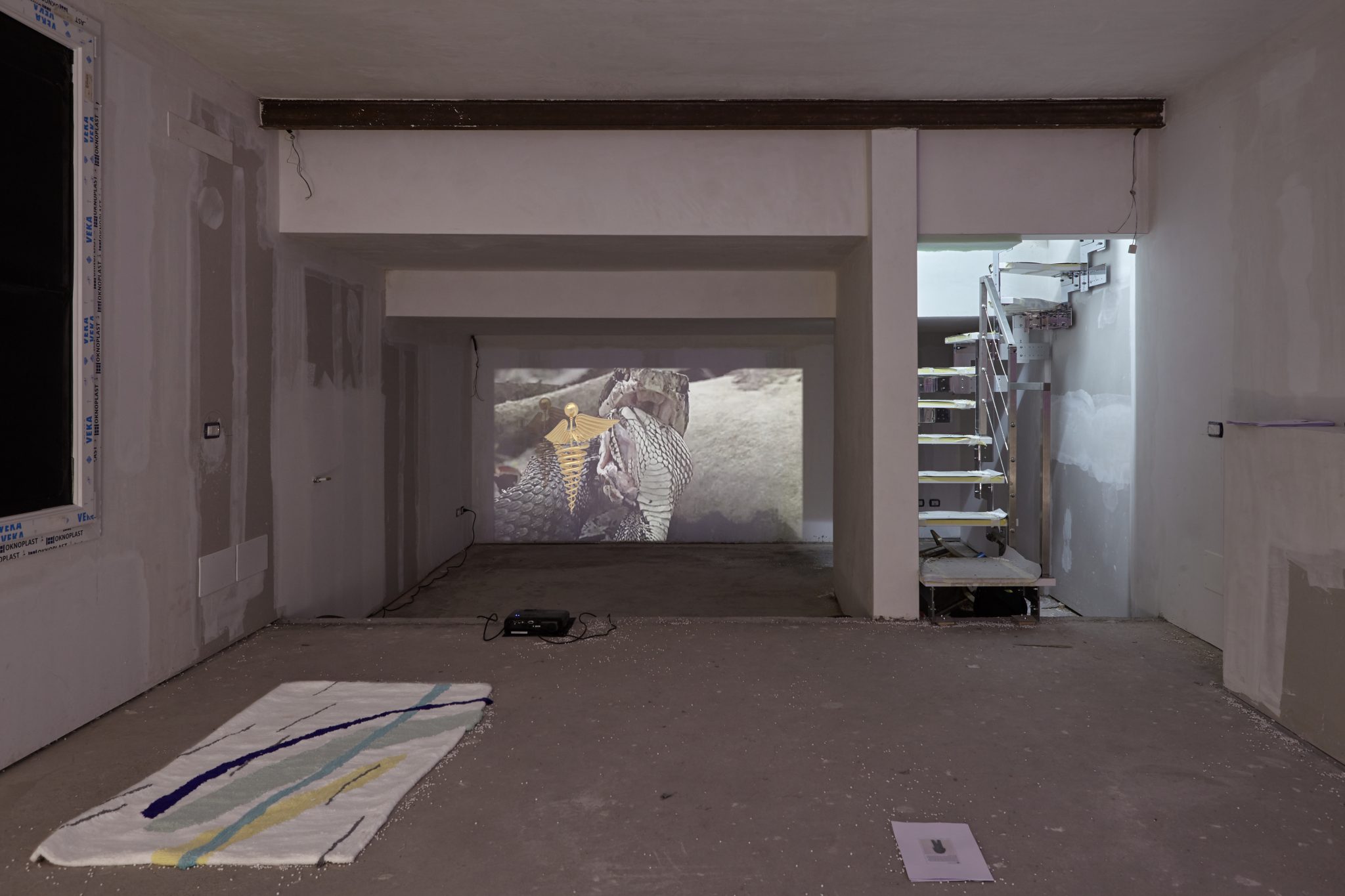
The relationship between the work and the space hosting it is central to the research of Helena Hladilova. In 2013 she cut up all her paintings that she was not satisfied with into strips and used them to make a carpet, thus creating a new work. What can’t go on the wall inevitably ends up on the floor. ‘Alcalà’, on the other hand, starts life as a carpet, and as a matter of fact it really is a carpet.
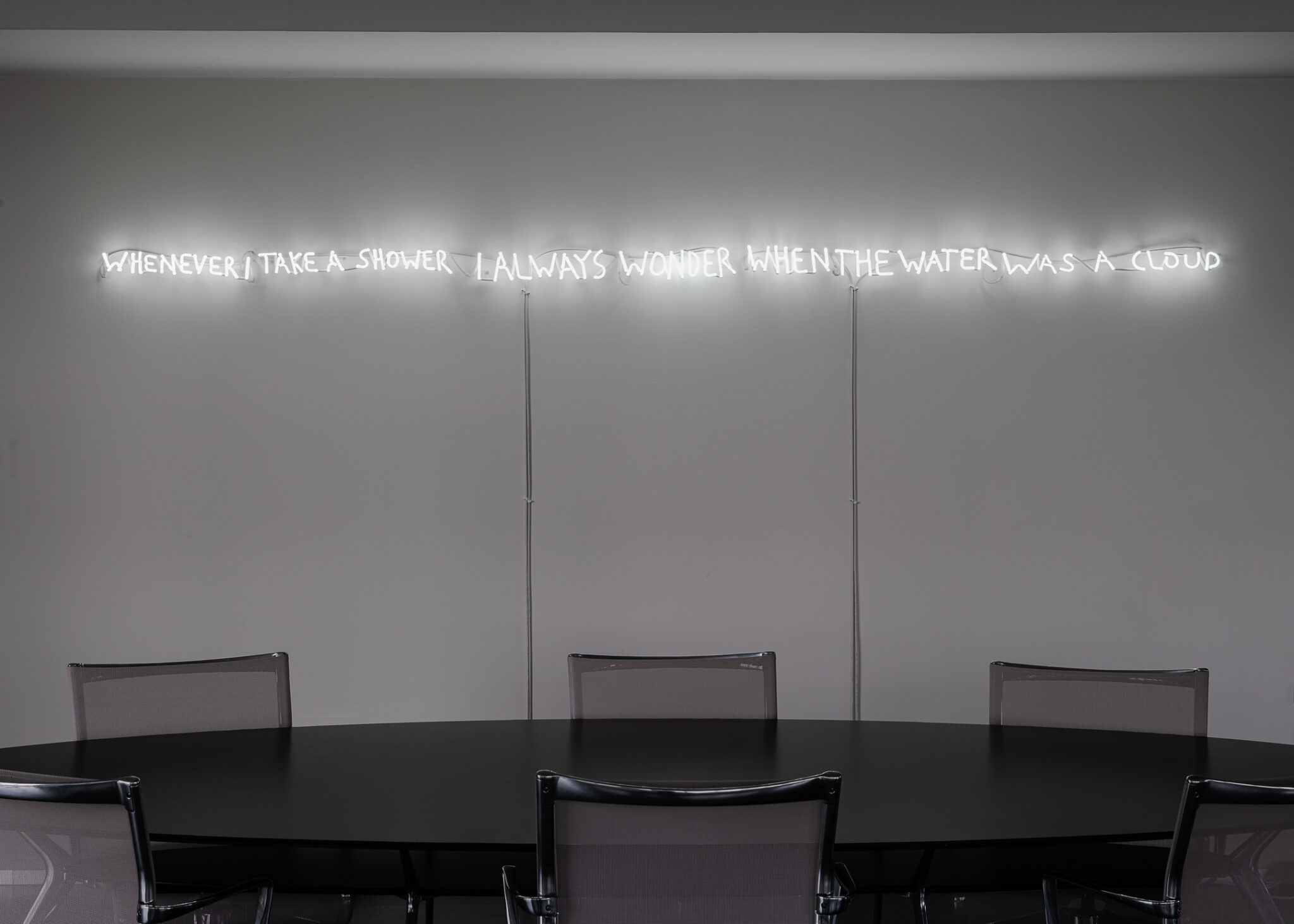
An exhibition of works from the Cristella Collection curated by a supernatural entity, mediated by human beings and presented through multiple circular narratives in the form of a gamebook.
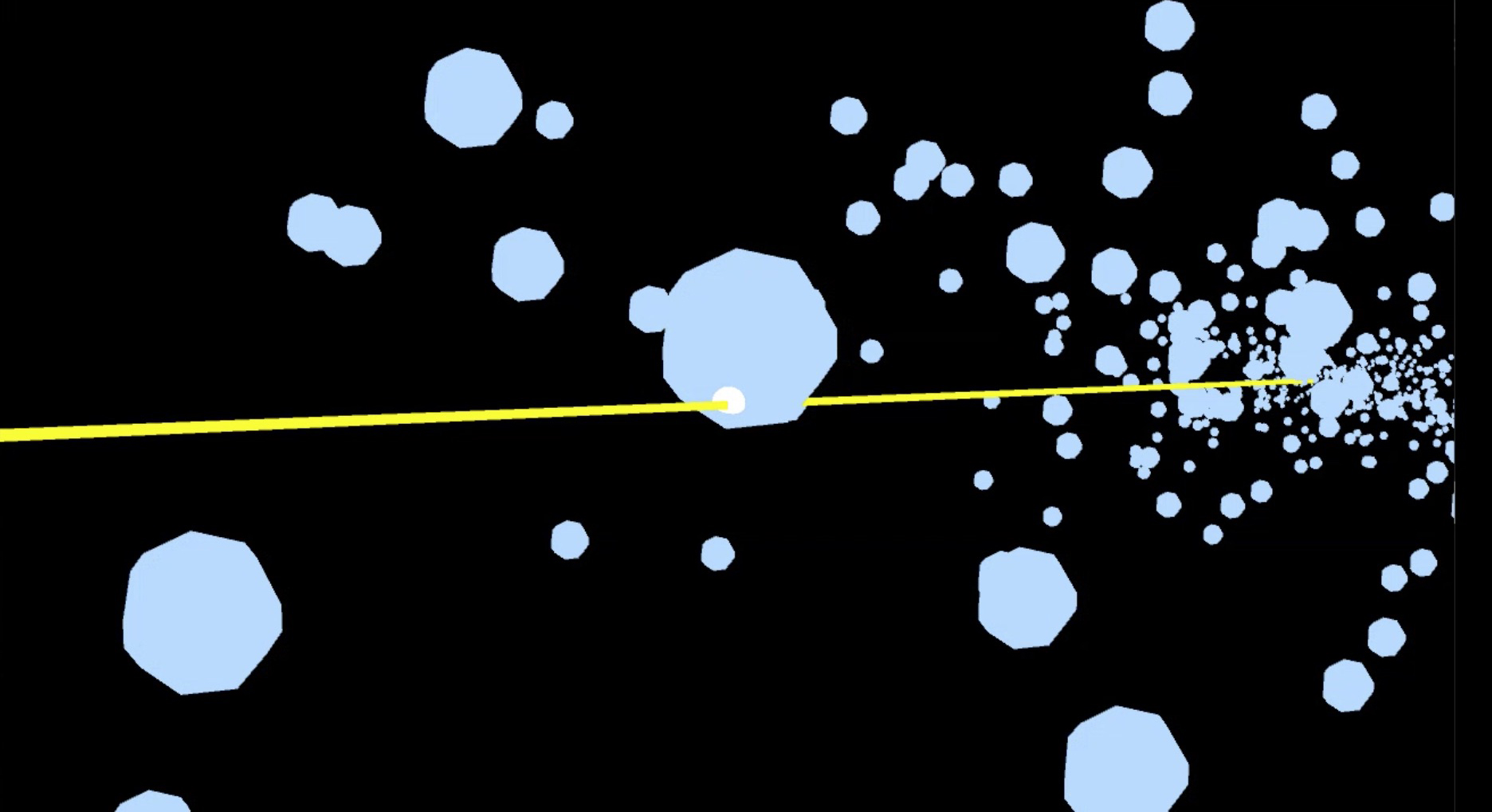
September 14th – November 7th, 2021
Clima, Milano
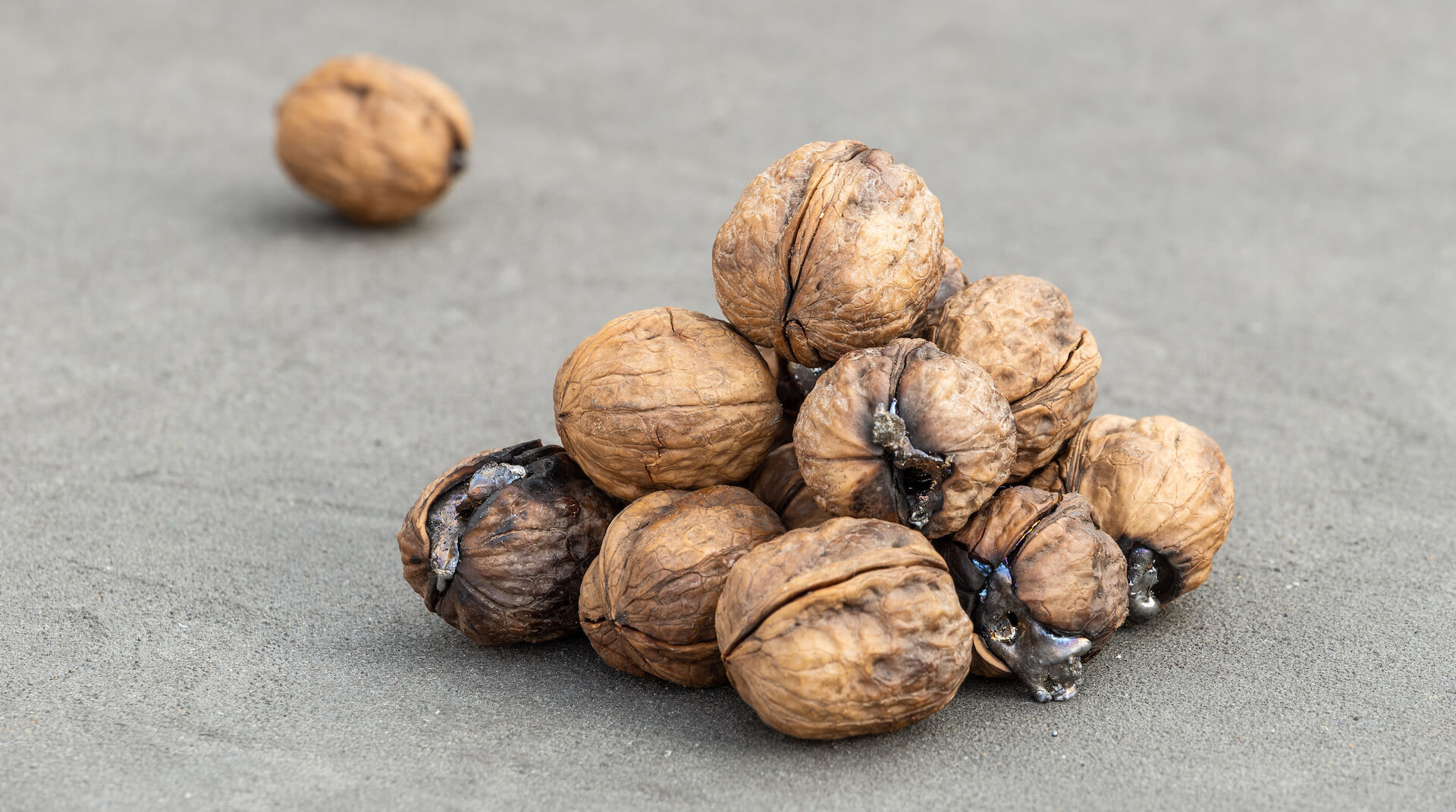
April 1st – May 18th, 2019
Palazzina dei Bagni Misteriosi, Milano





